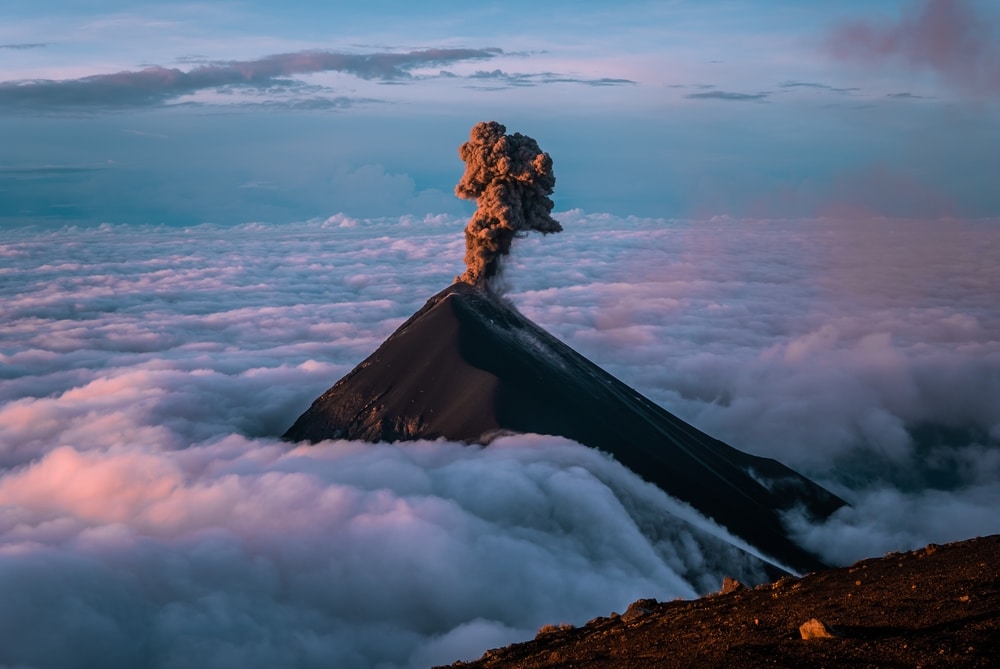The Phlegraean Fields supervolcano, located west of Naples, Italy, has been under scientific scrutiny due to increasing volcanic gas emissions and minor seismic activity.
This supervolcano is one of the most closely monitored geological sites, and it has the potential to disrupt global climate and life on Earth.
Situated in southern Italy, the Phlegraean Fields are part of a massive supervolcano complex known for its ability to emit large amounts of volcanic carbon dioxide.
It is recognized as one of the highest contributors to volcanic CO₂ emissions worldwide, making it a key site for monitoring potential global risks.
Scientists have observed significant changes in the Solfatara crater, a crucial part of the volcanic system:
Rising carbon dioxide levels have been detected, indicating activity in the magmatic and hydrothermal systems.
Temperature Changes: Since 2005, the temperature and chemical composition of emitted gases have shifted, signaling potential changes beneath the surface.
Minor tremors have been recorded over the years, adding to the evidence of ongoing underground activity.
In 2012, the alert level for the Phlegraean Fields was increased from green to yellow, highlighting the need for closer observation. Despite these developments, scientists emphasize that increased activity does not guarantee an imminent eruption.










